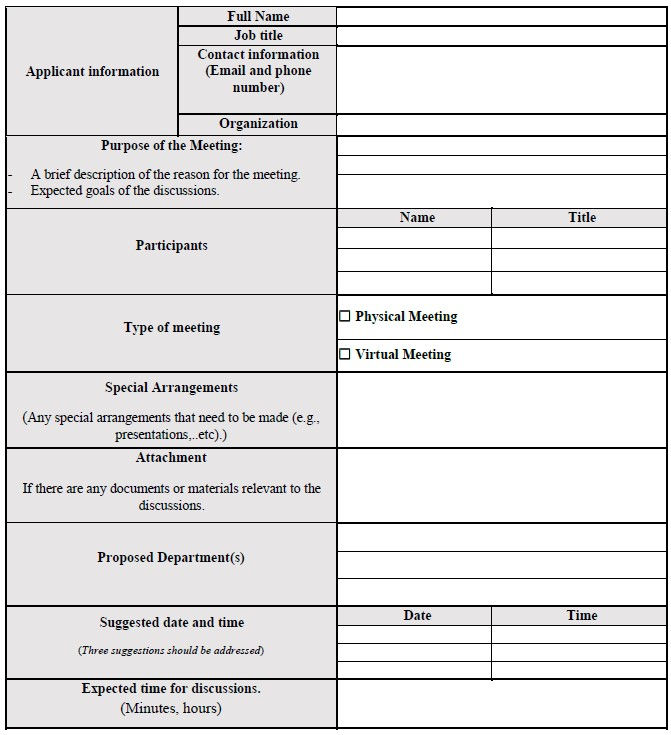UK MHRA: Guidance on Send and Receive information on Adverse Drug Reactions (ADRs)
- Sharan Murugan

- May 11, 2024
- 2 min read
The UK Medicines and Healthcare Products Regulatory Agency (MHRA) updated its guidance "Send and Receive information on Adverse Drug Reactions (ADRs)" last Thursday (09 May 2024) which guides how marketing authorisation holders should inform MHRA of a signal or an ADR to a medicine.

The reporting and monitoring of adverse drug reactions (ADRs) are critical aspects of pharmacovigilance, ensuring the ongoing safety of medicinal products.
The MHRA provides this guidance detailing on how healthcare professionals, marketing authorization holders (MAHs), and other stakeholders can send and receive information on ADRs.
A safety signal is an information on a new or known adverse event that may be caused by a medicine and requires further investigation. ADRs are unintended and harmful reactions to medicinal products. Recognizing and reporting these reactions are crucial for identifying potential safety concerns and taking appropriate regulatory action.
MHRA is responsible for detecting and managing safety signals in regards to UK products. Marketing authorisation holders (MAHs) must send all UK individual case safety reports (ICSRs) and serious non-UK ICSRs directly to MHRA via either ICSR Submissions or Gateway. For cases in respect to Northern Ireland, use the country code XI to send ICSRs to MHRA.
New MHRA systems are replacing MHRA's legacy IT systems, including a new adverse incident database. The new system will be live from Tuesday 28 May 2024. The new MHRA database is compliant with the ICH ICSR R3 standard and conforms with EU implementation guidance. The gateway will continue to accept R2 and R3 XMLs both for ICSRs and acknowledgments.
ICSR submission portal users will continue to accept R2 and R3 XMLs via Post XML, and portal users will be able to create new reports using either the R2 or R3 form, while acknowledgments and ASPRs from MHRA will be sent in the R3 format.
The guidance outlines measures to ensure the confidentiality and security of ADR data, protecting the privacy of individuals involved. Click this LINK to know more about Literature monitoring, contacts, and more.


Comentarios